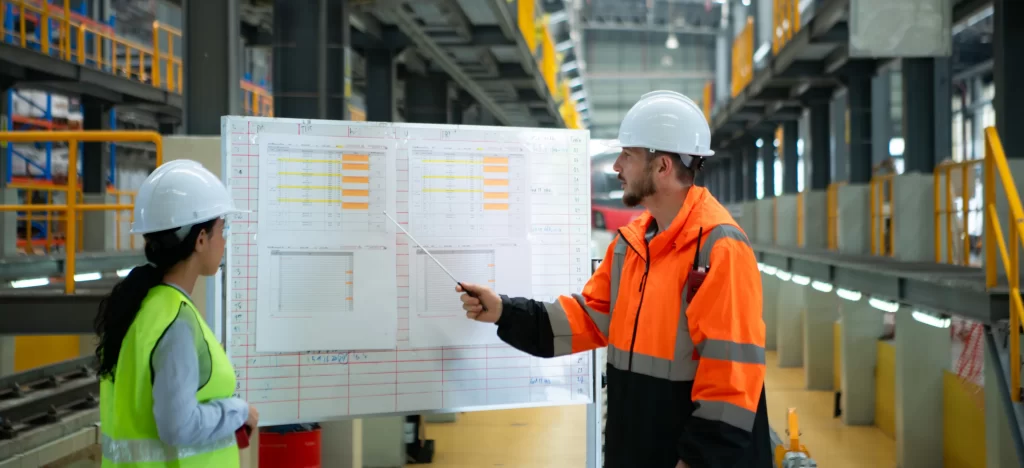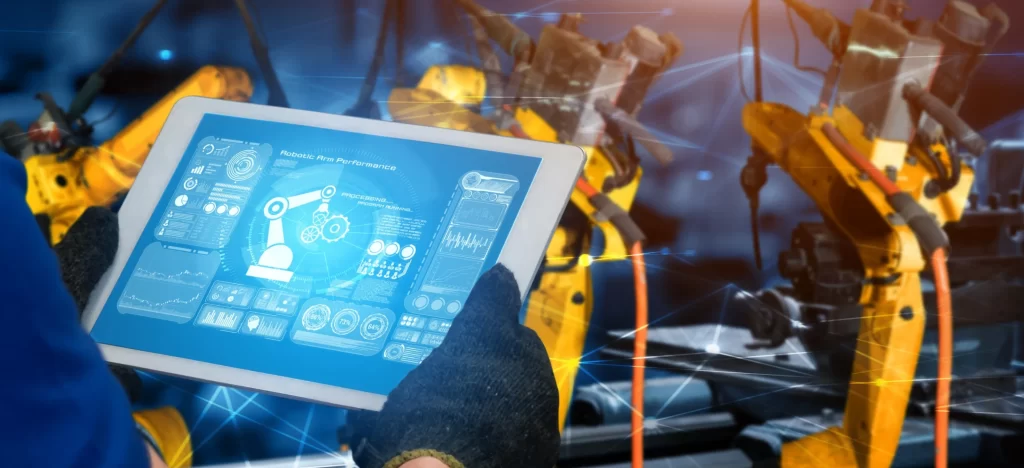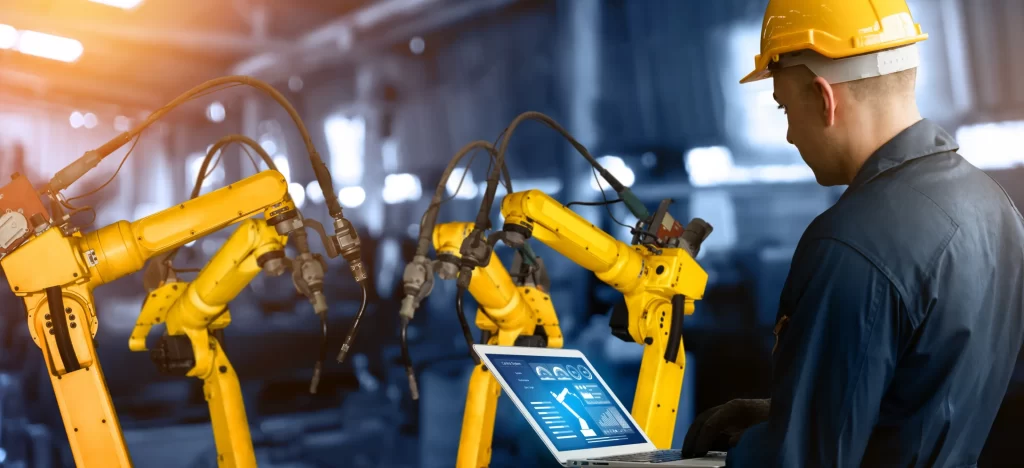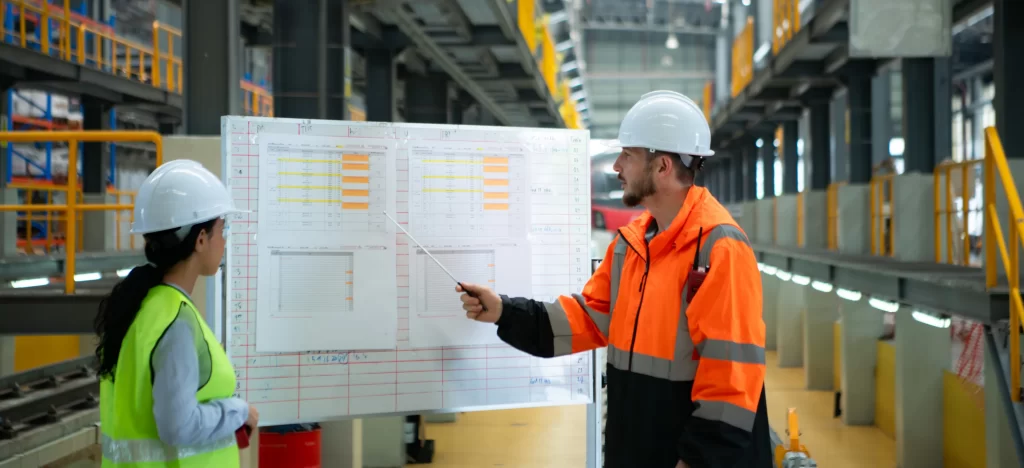Introduction
Factories today are switching to smart dashboards for upkeep of their floor operations and equipment health. But this wasn’t always the case. Dashboards that began as static charts and end of day reports have matured into real time command centers. Dashboards now are integrating Industrial IoT, AI and analytics to provide better and accurate data and results.
Discover how combining Industrial IoT, AI, and analytics to factory dashboards have made possible surface insights, speed decisions, and continuous improvement.

Understanding traditional dashboards
Before smart factory dashboards, most plants relied on clipboards, whiteboards, and spreadsheets. Data lived in silos. Machines and MES were rarely seen as instruments for analytics.
Nothing was automated and manufacturers relied on hard copy data. Reports arrived late, resulting in delayed decisions and missed opportunities for improvement. Teams spent hours compiling numbers, chasing alarms, and controlling breakdowns. Performance indicators varied by line and shift, making performance hard to compare and improvement slow.
The rise of smart factories & digital transformation
Smart factories mark a shift from factories that operated traditionally. With Industrial IoT, machines and lines stream data into unified platforms that provide context across production. This visibility enables smart manufacturing, resulting in fewer blind spots, quicker response, and consistent performance across shifts.
Smart factories also rely on the use of AI analytics. It turns raw signals into readable data and reports, flagging anomalies and predicting failures. Over time, these models train on patterns and context resulting in continuous improvement on the factory floor.
As digital transformation grows, smart dashboards will be able to trigger workflows, close quality loops, and lift safety, uptime, and yield.

The power of IoT and AI in manufacturing
Factories and manufacturing units are adopting real time data flow that brings machine, line, and signals under one unit. The use of Industrial IoT has changed the game for smart factories. Industrial IoT connects machines and sensors into one data fabric. IoT sensors monitor equipment health and predictive maintenance enables identifying failures before they occur.
AI analytics processes this data and generates reports that are used for ensuring smooth factory operations. It forecast yields, provide explanations for gaps, predict disasters and more. AI models turn raw signals into guided alerts that help cut down on unplanned downtime and energy use.
The above technologies have enabled factories to shift to smart dashboards that show real time machine conditions instead of static reports. IoT and AI analytics provide real time visibility on the factory floor.

Conclusion
As factories modernize, dashboards become the everyday guide. They have evolved from paper logs to smart dashboards, giving teams real-time control of the factory floor. Today’s systems bring clarity to what’s happening now and what should happen next. The destination? Better safety, quality and output.

